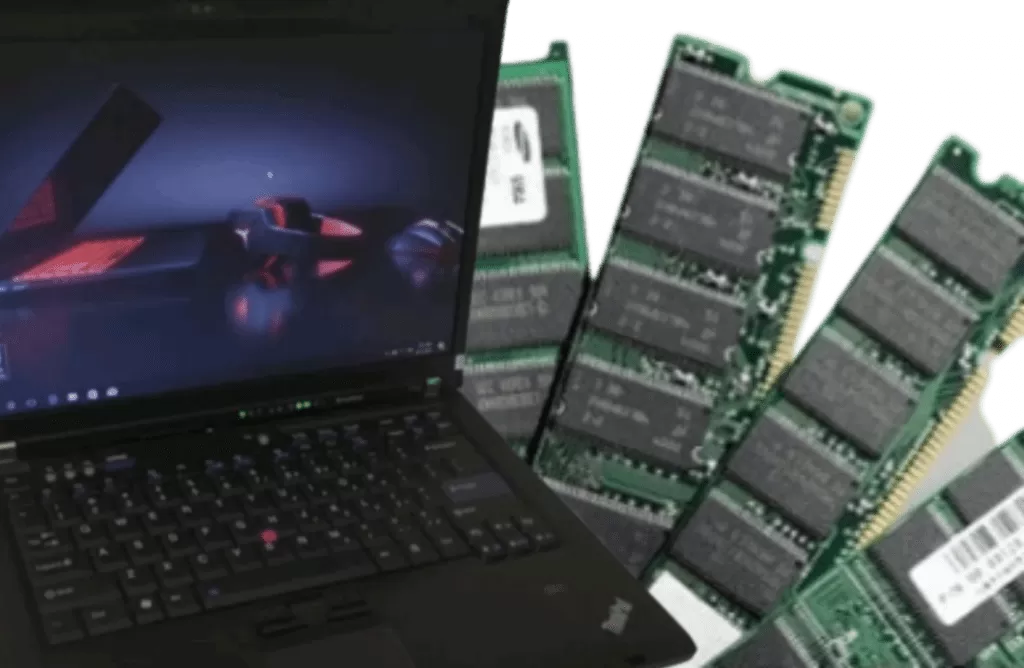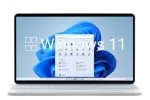Multymeter.com-Technology: The use of computers or laptops has become routine in every daily work, whether for the purposes of studying at school or campus, in the office, or at home to complete unfinished work/school assignments at the office or school.
In addition to the functions of all these jobs, computers or laptops are often used to surf the virtual world, or to just socialize through social media, and also to play offline games or online games.
To meet all of these needs, the selection of a laptop/computer requires separate knowledge, because computers/laptops are made with several specifications that vary according to their own target market depending on what the computer/laptop is used for. our job.
There are several things that need to be considered in choosing the specifications of a computer / laptop to match the functions that will be used daily, such as RAM, DDR, memory storage, and other supports.
The following is a description of the computer/laptop RAM requirements according to the functions that will be used for daily work.
1. RAM
The function of RAM on a computer / laptop is a place to temporarily store data when it is in use which can be accessed, also known as temporary storage memory, and when the computer / laptop is turned off the RAM will be empty again.
Selection of a computer/laptop that is only for light work, such as: schoolwork, lectures, an office that only does typing, browsing, and e-mail work, it is enough to use a computer with 2GB of RAM, but it is more advisable to use a computer/laptop with 4GB of RAM to be able to do this. to watch videos / movies online without a hitch.
For lovers of gaming, photoshop, video editing for youtubers with low resolution, it is recommended to use a computer / laptop at least 8 GB.
The use of a computer / laptop that is enabled to do work such as video rendering, video editing, 3D graphics, animation, and various heavy games, is recommended with 16 GB of RAM.
And for the use of 32 RAM or higher RAM, such as RAM 64GM, of course you can imagine for yourself its uses, namely heavy work such as 3D animation, high-resolution video rendering, and video editors.
2. DDR
•DDR1
Is the first generation that has a speed to transfer data between 200MT/s – 400 MT/s, and BUS Clock speed between 100MHz to 200MHz.
•DDR2
The second generation which is definitely superior to its speed DDR1.DDR2 is capable of transferring data at speeds between 400MT/s to 1066MT/s and Clock speeds between 200 to 533MHz.
•DDR3
By having a better speed than DDR2, this third-generation DDR is capable of transferring data at high speeds between 800MHz to 2133MHz, and the clock speed is 400-1066MHz.
•DDR4
Starting to be known between 2013/2015, DDR4 is supported with a transfer speed of 2133MT/s to 4266MT/s which is supported by Clovk speed between 1066MHz – 2133MHz. DDR3 and DDR4 other than in terms of different speeds, DDR4 is sold more expensive than DDR3.
The use of PCs / laptops that are only used for light work, such as: typing, browsing, social media, and playing light games, the use of DDR3 is considered already enough to do it.
But for heavy work like ; Photoshop, video editing, and playing heavy games, it is recommended to use DDR4 RAM.
3. SSD
SSD (Solid State Drive) is a type of storage memory known for its speed in booting and loading compared to ordinary hard drives. SSDs are commonly used for storage, Os games, and other applications. In addition, SSDs are sold more expensive than HDDs.
4.HDD
For those who will store a lot of files, HDDs are often used for that by having large memory, but the drawback is that HDDs are considered quite slow, according to the price which is quite cheap.
5.NVME
For the need for large amounts of data transfer, NVME can be relied on for its speed.
6.SSHD
It is the HDD that has the SDD in it.
USB Port Requirement
For the USB port itself, there are three types, USB Type A, USB Type B, and USB Type C. But what is often encountered and used on PC / laptop devices is USB Type A, such as usb modems, usb hubs, usb flash drives. , usb extenders, and more.
USB Type A now the fastest has reached USB Type A version 3.0 which is usually blue, with a Mini Type A version, and Type A Micro. And for version 2.0 it is still the standard PC/laptop.
For other usb ports, there are USB Type C, HDMI & Display ports which are usually used for monitors or televisions.
Meanwhile, for camera purposes, you can use SD and MicroSD ports to support the work of photographers and videographers.
Monitor
The size of the screen / monitor of course also needs to be considered, so that it can support in terms of working on something, so that the selection of the right screen can provide comfort in operating PC / laptop devices.
For the purposes of Photoshop work, video editors, and gaming, the use of a 15.6-inch wide screen is recommended. In terms of portability, a screen with a size of 11.6/12 inches, 13.3 inches is more than enough.
Screen/Monitor Resolution
720p /HD will look good on laptops with 11.6 – 12 inch screen
1080p /FHD for screens 13.3 inch or more.
1440p / QHD if you really need/want a sharp screen.
2160p /4K if you are someone who needs a super sharp, and super accurate screen.
1080p is perfect for gaming
Response time/latency?
5ms = normal gaming & normal use
4ms – 5ms = serious gaming
3ms = gaming pro. If you’re not a pro, you don’t feel the difference with 5ms.
Refresh Rate
Standart = 60Hz
Serious Gaming =120Hz
Gaming Pro= 240Hz – 300Hz
If you’re going to buy a high-refresh screen, make sure to also use a mid-range GPU. If not, it is recommended to reduce the graphics & resolution settings in FPS games so that you can enjoy a high refresh rate.
IPS = accurate color, good viewing angle
TN = fast screen.
Now many TN screens have good viewing angles and decent colors, but it’s still recommended to choose IPS for color grading. As for IPS screens, there are already many IPS screens that are good for gaming, so if possible, it is recommended to choose IPS only.
Generalization of laptop GPU
[FPS from AAA game, not competitive/fps]
Nvidia:
GTX MX150 = Casual gaming for ultrabook
GTX 1050 = Gaming settings medium @1080p
GTX 1050 Ti = Gaming Setting Medium – High @1080p
GTX 1060 = Gaming setting high- ultra @1080p
GTX 1070= Gaming setting ultra @1080p & medium – high @1440p
GTX 1080 = Gaming setting max @1080p, high @1440p.
GTX 1650 = similar 1050Ti
GTX 1660 = similiar 1060
GTX 1660Ti = similiar 1070, sometimes it can match 1080
RTX 2060 = Similar to 1660Ti, for Ray tracing you can make around 60fps, but less stable in ray-tracing.
2070 = Suitable for ray-tracing at 1080p, smooth, performance equal to/better than 1080.
2070 Super = new GPU, approx 10-15% faster than 2070.
2080 = Suitable for gaming at max settings, 1440p or 1080p.
2080 Super = About 10-20% faster than 2080, depending on the game.
Intel
H series
i3 = For light use
i5 = gaming & multitasking
i7 = heavy gaming & heavy work (video rendering, animation, images, ect.)
Seri U
i3 = if you can avoid
i5 = normal use, similar to i5-H
i7 = can make photoshop & light rendering
AMD
Ryzen 7 series 4000H & HS:
Ryzen 9 = Recommended
Ryzen 7 = Kyk i7-H, but better
Ryzen 5 = Between i5-H and i7-H
AMD CPUs are usually stronger for multi-core needs, such as for gaming purposes. Intel is more suitable for content creators, illustrators because Intel is superior in single cores.***




